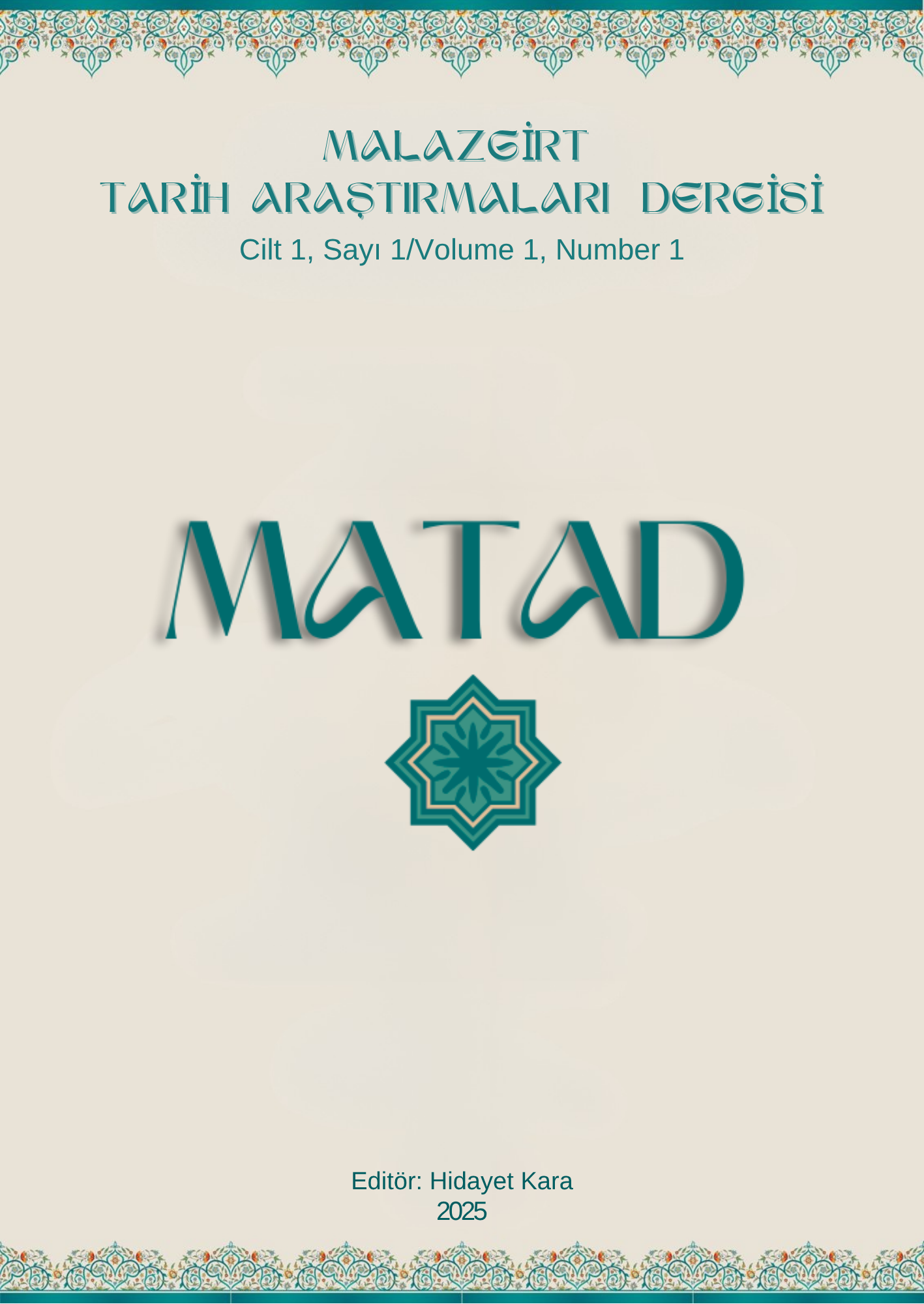Author :
Abstract
İlhanlı devri yazıcılığının başlaması devletin kuruluşu ile paralel bir tarihi seyir izlemiş ve ilk devirlerde yazılan eserler daha çok özel tarihler olup saray çevresinde yetişen şahıslarca kaleme alınmıştır. Daha sonra bu yazılı gelenek, yerini özel tarihlerden umumi tarihlere bırakmış ve tarih alanında yapılan çabalar kısa bir süre içinde nitelikli eserlerin vücut bulmasıyla sonuçlanmıştır. Nitekim bu başarılı denemelerin en önemli semeresi ise şüphesiz İlhanlı Hükümdarı Gazan Han devrinde yazılmaya başlanan ve Reşîdüddîn Fazlullah Hemedânî’nin adıyla kaleme alınan Cami’u’t-Tevarih gibi “Dünya Tarihi” projesidir. Aynı başarı Timurlular devrinde de devam etmiş ve hem Timur hem de oğulları ile torunlarının âlimleri desteklemeleri sayesinde birbirinden değerli birçok önemli kaynak kaleme alınmıştır. Bu devrin en önemli özelliklerinde biri de hem İlhanlı hem de Timurlular devrini ait haberleri birlikte işleyen kitapların yazılmış olmasıdır. Nitekim Mirhând, Hândmir, Hˇafî ve Hafız Ebru gibi tarihçiler, Timurlular devrinde eserlerini kaleme almalarına
rağmen sadece kendi devirleri için değil Moğol/İlhanlı tarihi konusunda da önemli başvuru eserlerdir. Bundaki en önemli sebep aynı tarih yazım geleneği takip etmeleri ve İlhanlılar ile Timurlular tarihini aynı tarihi sürecin parçası olarak kabul etmelerinden kaynaklanmaktadır. Bu makale de eserler hakkında bir değerlendirme yapılacaktır.
Keywords
Abstract
Beginning of Ilkhanid era writing followed a historical parallel with the establishment of the state, and the works written in the early ages were mostly special dates and were written by people who grew up around the palace. Later, this written tradition was replaced by special dates from public dates, and efforts in the field of history resulted in the emergence of qualified works within a short time. As a matter of fact, the most important fate of these successful attempts is undoubtedly the "World History" project, such as Jami' al-tawarikh , which was started to be written in the time of the Gazan Khan of Ilkhanids ruler and written in the name of Reşîduddîn Fazlullah Hemedânî. The level reached by these works has not been exceeded both in its period and in the following periods and they have become the classic works of this period in all respects. One of the most important features of this period is that the books that cover the news belonging to both the Ilkhanid and Timurid periods were written together. As a matter of fact, although historians such as Mirhând, Hândmir, Hˇafî and Hafız Abru wrote their works in the Timurid period, they are important reference works not only for their own era but also for the history of Mongolian / Ilkhanid. The most important reason for this is that they follow the same tradition of historiography and accept the history of İlhanids and Timurids as part of the same historical process. In this article, an evaluation will be made about the works.





